|
by Dark Watcher |
|
|
With Sega and Nintendo battling neck and neck with their 16-bit platforms, Atari seized the opportunity to return to the console
market after 7 years. A small company calling themselves 'Flare 1' were on the verge of developing a multiprocessor console.
Needing the funding to develop it further, they approached Atari Corp. Atari was trying to develop their own console code named
'Panther' at the time. They jumped on the offer and development for the 'Flare 2' continued alongside the 'Panther'.
Eventually plans for the 32-bit Panther were scrapped for the renamed 64-bit Jaguar. The Atari Jaguar was released in the United States in November of 1993. The console was manufactured by IBM. Atari boasted the system as being the first 64-bit console. They also boasted about a host of developers and a hundreds of games being created for the system. The system had amazing technical specs for its time. The console contained 5 processors mounted on 3 chips. One was a traditional Motorola 68000 and the other two were nicknamed 'Tom' and 'Jerry'. The use of the Motorola 68000 was a reason that the Jaguar's validity as a 64-bit was put to question. You see... the Motorola 68000 is a 16-bit processor and 2 others were 32-bit. Only 2 processors were actually 64-bit, but all the registers and buses were in fact 64-bit. Regardless the machine had a ton of potential. |
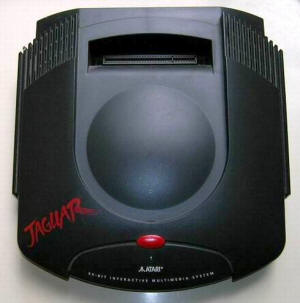 |
|
So what exactly happened? Even with so many developers announced (158 developers) many of the game titles never saw the light of
day. Many never got further than the planning stage. It was not just game titles that failed to arrive, neither did some
of the consoles peripherals (an overly hyped virtual reality headset for example). The Jaguar's cartridge game media had limited
storage space and failed to tap the abilities of the Jaguar. Out of 55 total carts made for Jaguar only 22 were created by
outside developers. Developers were simply not ready to handle a console with multiple processors. This became obvious
with many of the game released. Some games were simply ports of 16-bit titles with improved color. Others were enhanced
ports of older Atari classics (though this was not a bad thing with some of them - Tempest 2000 was a best seller for the system).
Others still seemed to be rushed afterthoughts in an effort to cash in. Third party developer support was pretty much nonexistent. The Jaguar could have been an amazing console if software took better advantage of its 5 processor capability. One game however appeared toward the end of Jaguars life cycle and showed what the console could do. The graphics in 'Aliens vs Predator' were amazing for their time and could have possibly inspired a Jaguar purchase, if only it arrived sooner. FACT: The Atari Jaguar featured many ports. Among them was a COM I/O port capable of networking up to 26 Jaguar consoles for multiplayer play, or linking to the Atari Lynx as a specialized controller. Both features were never utilized, but eventually would be features found in future videogame consoles. |
|
 HANDS ON REVIEW HANDS ON REVIEWby Tan |
|
|
I admit I've always had a fascination with the Jaguar. To me, it has "cool" written all over it. From the all black,
cat-eyed box it comes in, the name of the system which is synonymous with fast cars and deadly predators, to its cocky attitude and
boasting of its technical prowess. This system's first impression upon release was one of confidence and maturity from a
household name (Atari). A decade and a half later as a gamer and a collector, little has changed from my initial impression.
The only difference is that I know how things turned out for both Atari and the Jaguar itself. A mix of enhanced 16-bit ports,
remade classics, blocky 3D simulations and a few gems thrown in, it almost sits apart from the timeline of gaming history while
dabbling in several generations of gaming all at once. As a hardware enthusiast, I'm of a mixed opinion as far as its design. I like that it's a low, wide console with a unique shape. Very stable with no worries of sliding or tipping and it's unmistakable when sitting in an entertainment center. I don't like the fact that the cartridge port has no cover. The opening is slightly larger than a cartridge so even leaving a game in the machine won't stop dust from collecting inside. Depending on your house, habits and environment, this could lead to early hardware failure should a neglected buildup of dust cause overheating or friction on the pins from swapping cartridges. There is also too much leeway to wiggle the cartridge back and forth because of the opening so you really have to be careful when you yank out a cartridge from the Jaguar's tight death grip the cartridge connector has. My other peeve is the DSP and AV ports. Having a slim male pin out connector sticking out of the back makes me nervous. With an AV cable that has a big blocky female end on it, it's like a hippo clamping its jaws on a diving board. It makes me paranoid that I'll crack the circuit board somehow, especially if there is tension on the cable itself. I will note however that the AC adapter and RF adapter ports are solid as a rock. |
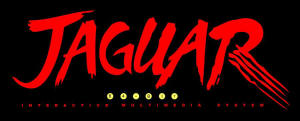 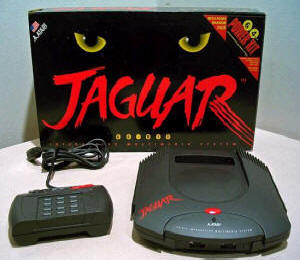 |
|
One thing you'll hear about in just about every forum and discussion group, is the hatred some people have for the controller.
Oh sure the d-pad won't win any awards but the buttons and overall ergonomics are well thought out and well-built. As far as the
keypad, well it worked for the Intellivision, the ColecoVision and even the
Xbox 360 (chat pad). So why all the hate? My
theory is it's mostly bandwagon bashing by people who never really gave it a chance or who have never even used one. Play Doom
on any console and you'll appreciate being able to switch weapons without cycling through the list. Other games you'll
appreciate having overlays that label extra functions. It can turn a simple game into a more fun and challenging one. More
on that later. I have just as mixed an opinion of its games as I do the hardware. This really is a system that requires a particular taste in games. With only a few dozen titles outside of ports to choose from, you won't find a huge selection of "must haves" even if you include the Jaguar CD attachment. That said, grab yourself a copy of Alien Vs. Predator, Iron Soldier (awesome!), Missile Command 3D, Super Burnout and Tempest 2000. |
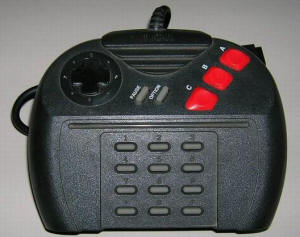 |
|
There are also some awesome ports like NBA Jam TE, Doom, Zool 2 and Syndicate which are great games in their own right but really
shine on the Jaguar. You also have a tight-knit homebrew community and post system lifespan developers who are putting out some
awesome games like Protector: Special Edition, Total Carnage and Mad Bodies. How many older game systems can still boast of game
development in 2010? I had mentioned the extra functionality of the keypad earlier. Games like Doom, AvP, Syndicate and Iron Soldier use this to great effect. Where you could play these on competing systems with three or four buttons, the Jaguar opens that up to a dozen or more. A game like Syndicate, originally on PC, works great once you memorize the button layout. I daresay even better than the PC version when coupled with the easy plug'n'play aspect of a console and the exclusive zoom feature this version has. Iron Soldier as another example, turns from a simple mecha shooter to a full-out functioning war machine simulator by putting all of the individual controls and armaments of your mech at your disposal. Are you looking for something that sits just inside the mainstream umbrella yet makes a great conversation piece because so few people have one? Get a Jaguar. Or are you looking for something fun to collect or unique to play that won't break the bank? Get a Jaguar! |
|
 |
|
|






 2010s - NOTES
2010s - NOTES


 MODELS
MODELS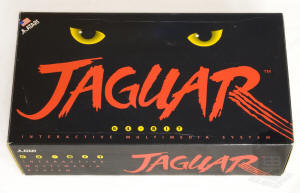
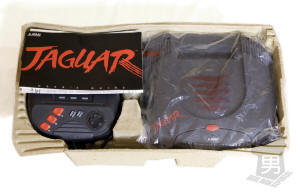
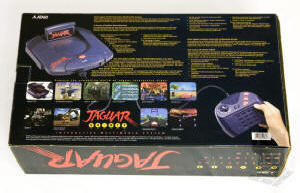
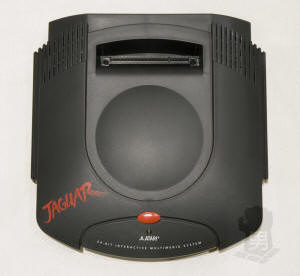
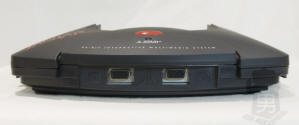
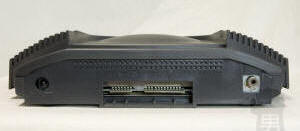
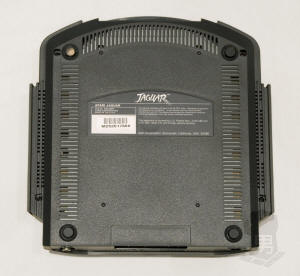
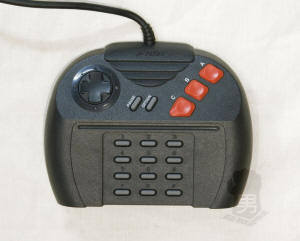
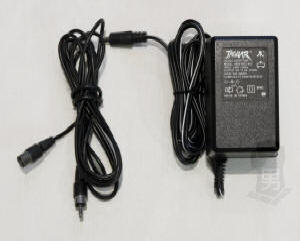
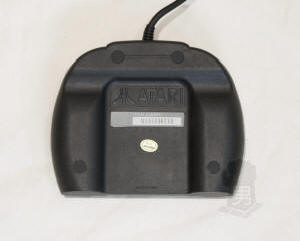
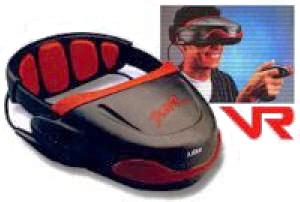
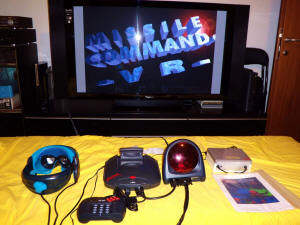
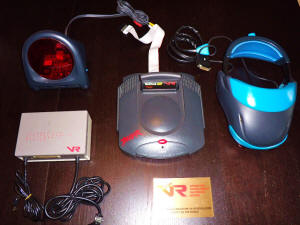
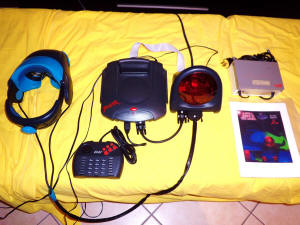
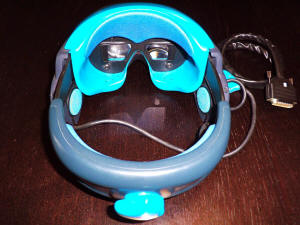
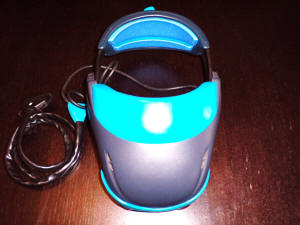
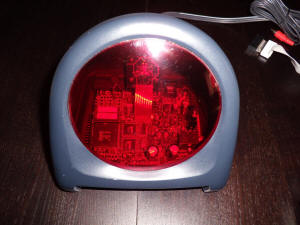
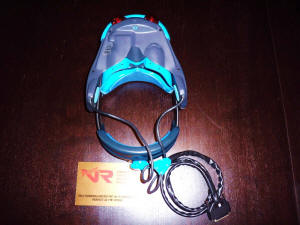
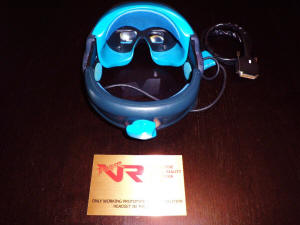
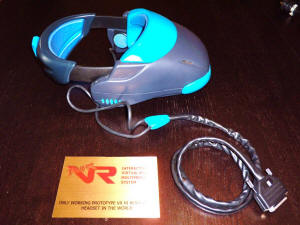
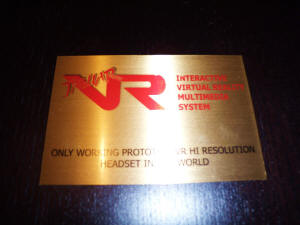
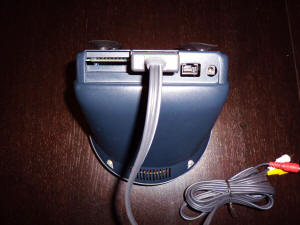
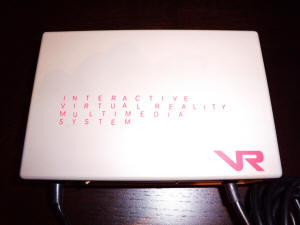
 CLONES
CLONES CONSOLE RATINGS
CONSOLE RATINGS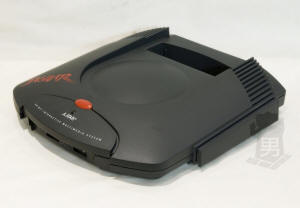
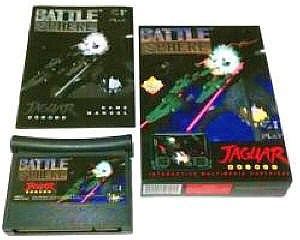
 FORMAT, PACKAGING & GENERAL INFO
FORMAT, PACKAGING & GENERAL INFO





















 SCREENSHOTS
SCREENSHOTS
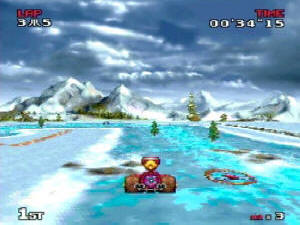
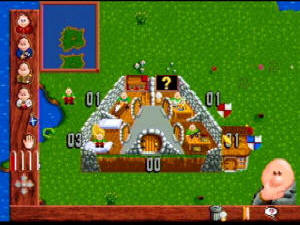
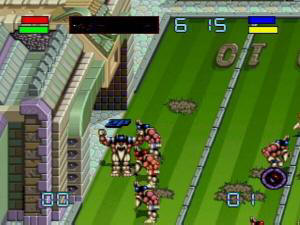
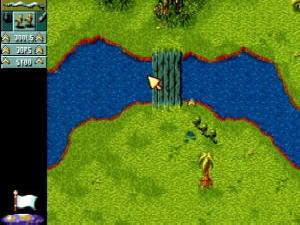
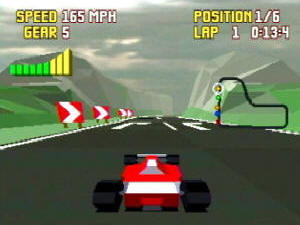
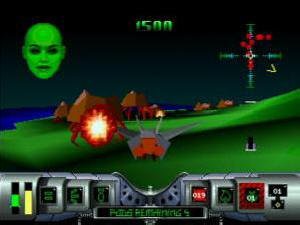

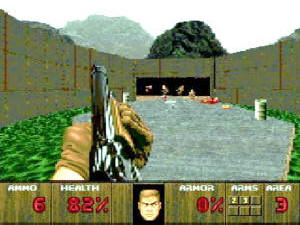
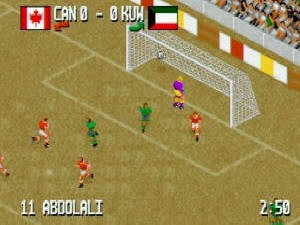
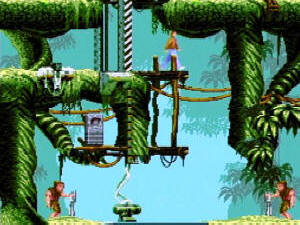
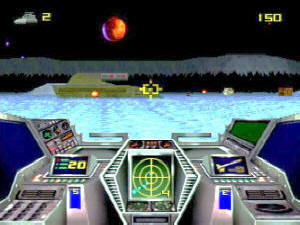
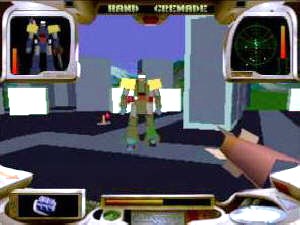
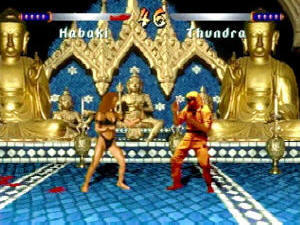
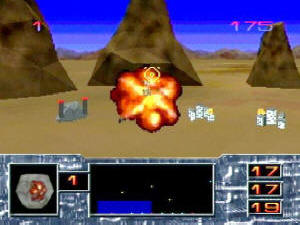
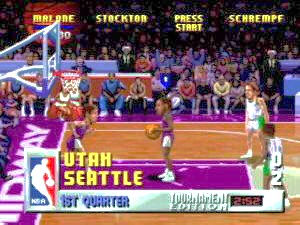
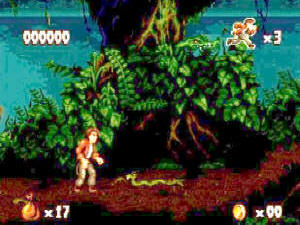
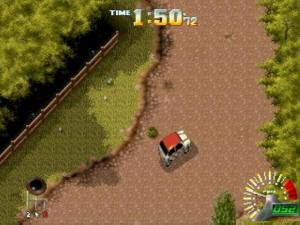
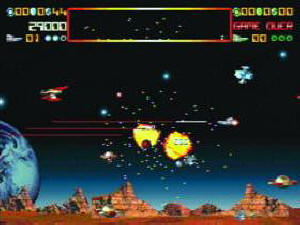
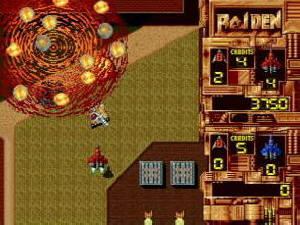
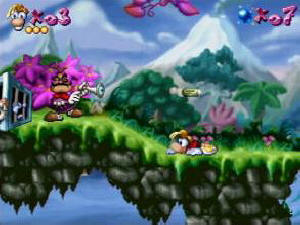
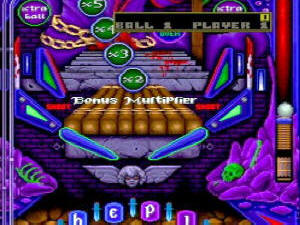
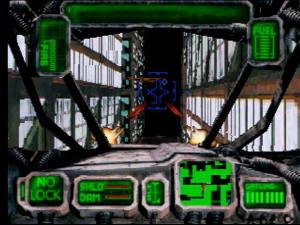
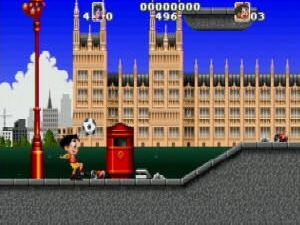
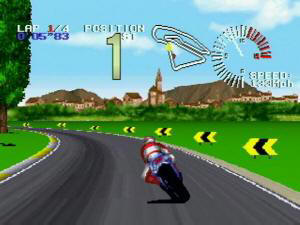
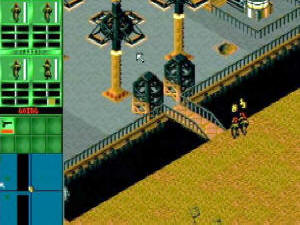
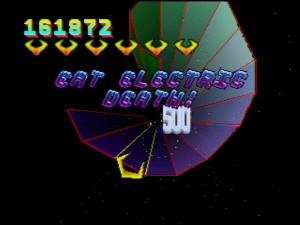
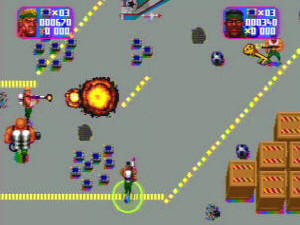
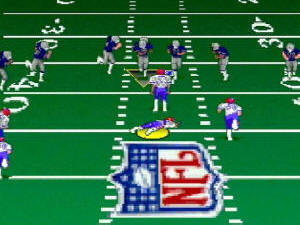
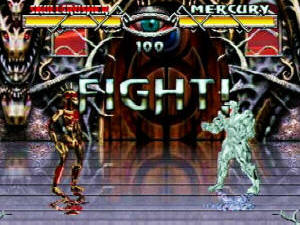
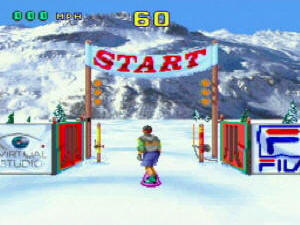

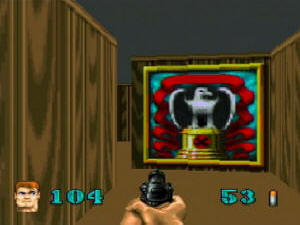
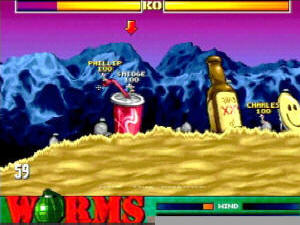
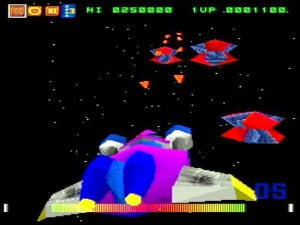
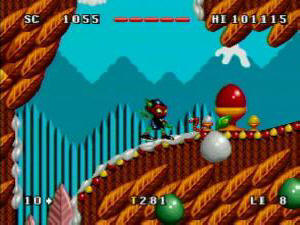
 EMULATION
EMULATION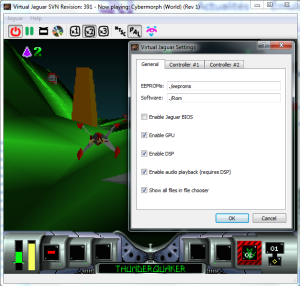
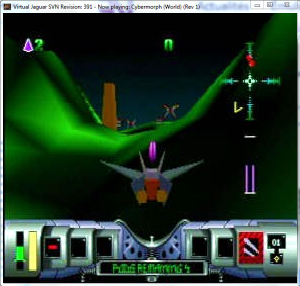
 SPECS & MANUALS
SPECS & MANUALS OTHER
MEDIA
OTHER
MEDIA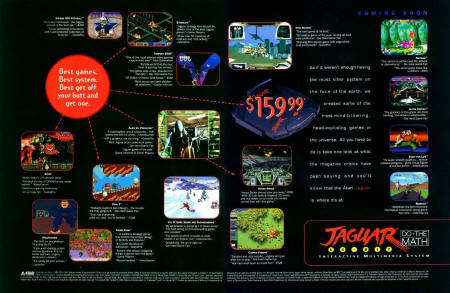
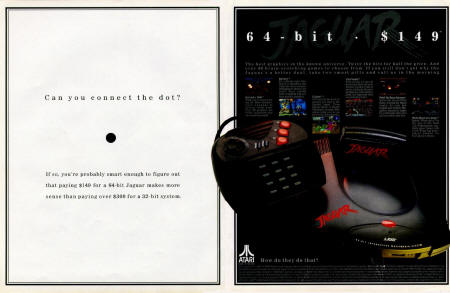
 WEB RESOURCES
WEB RESOURCES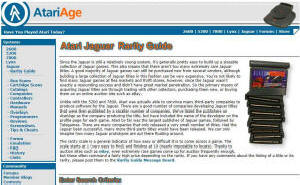
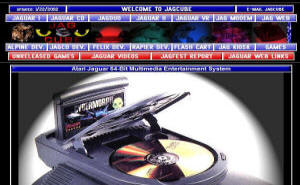
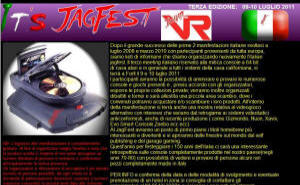
 DISCUSS
DISCUSS